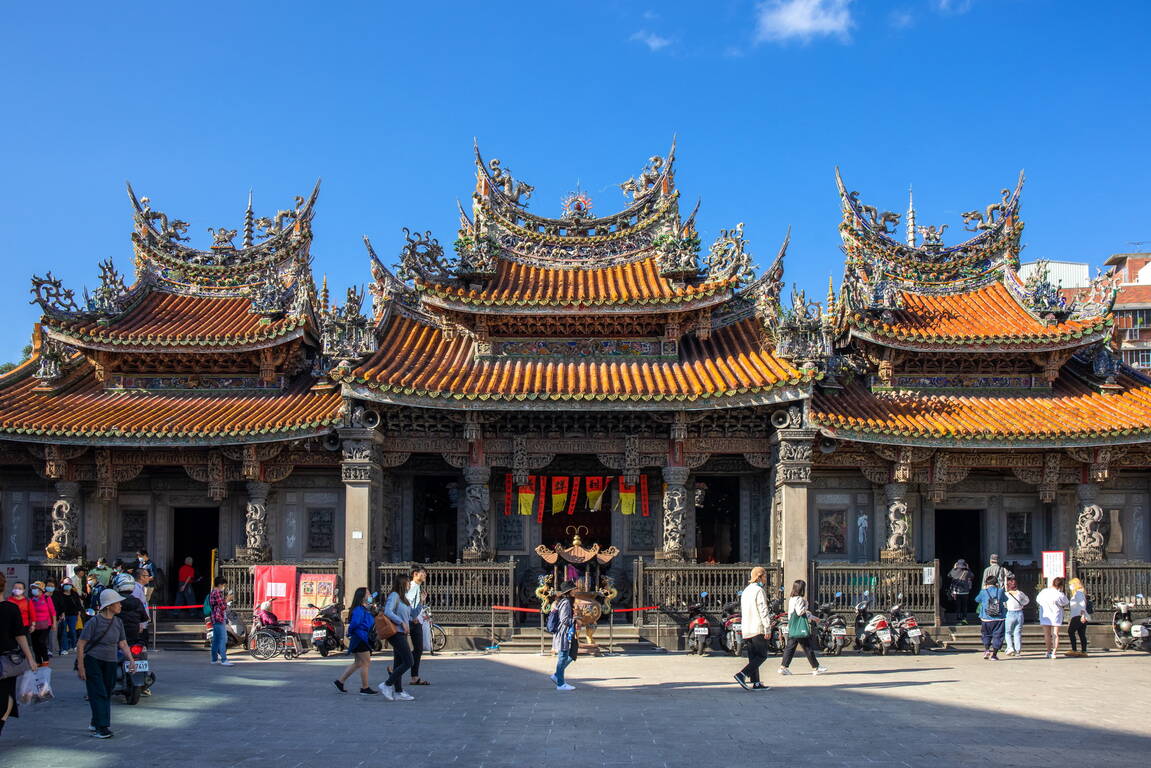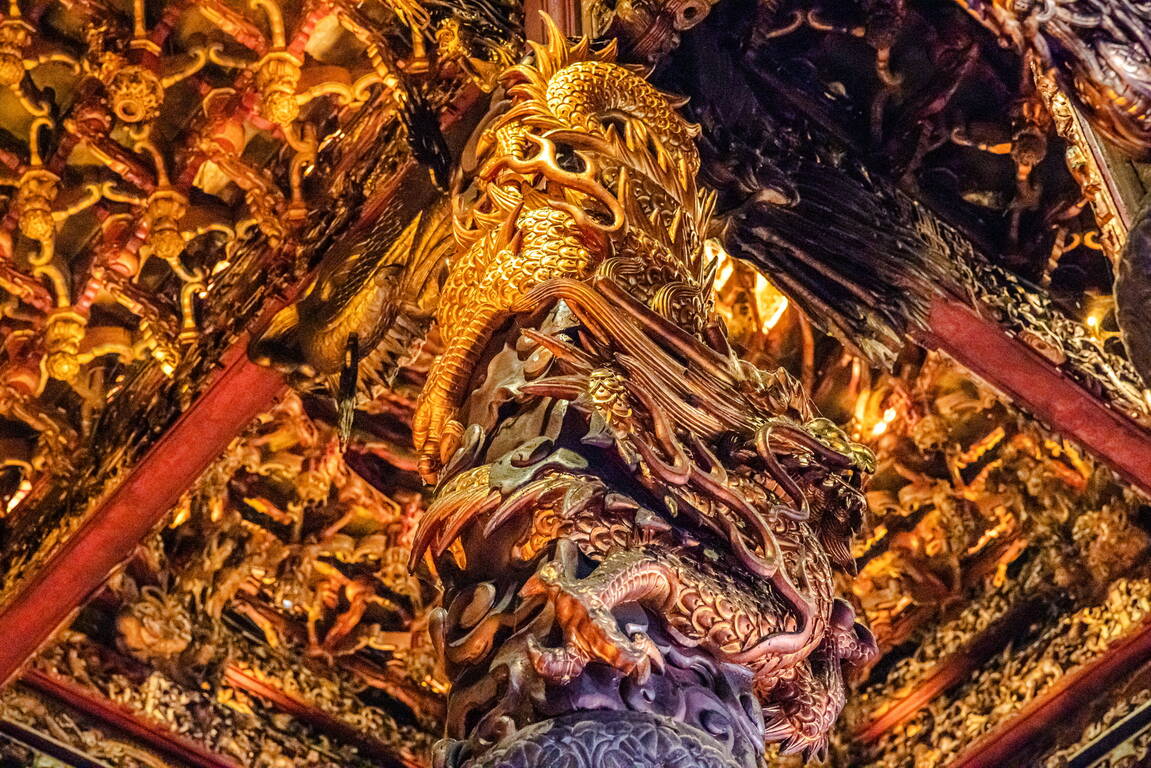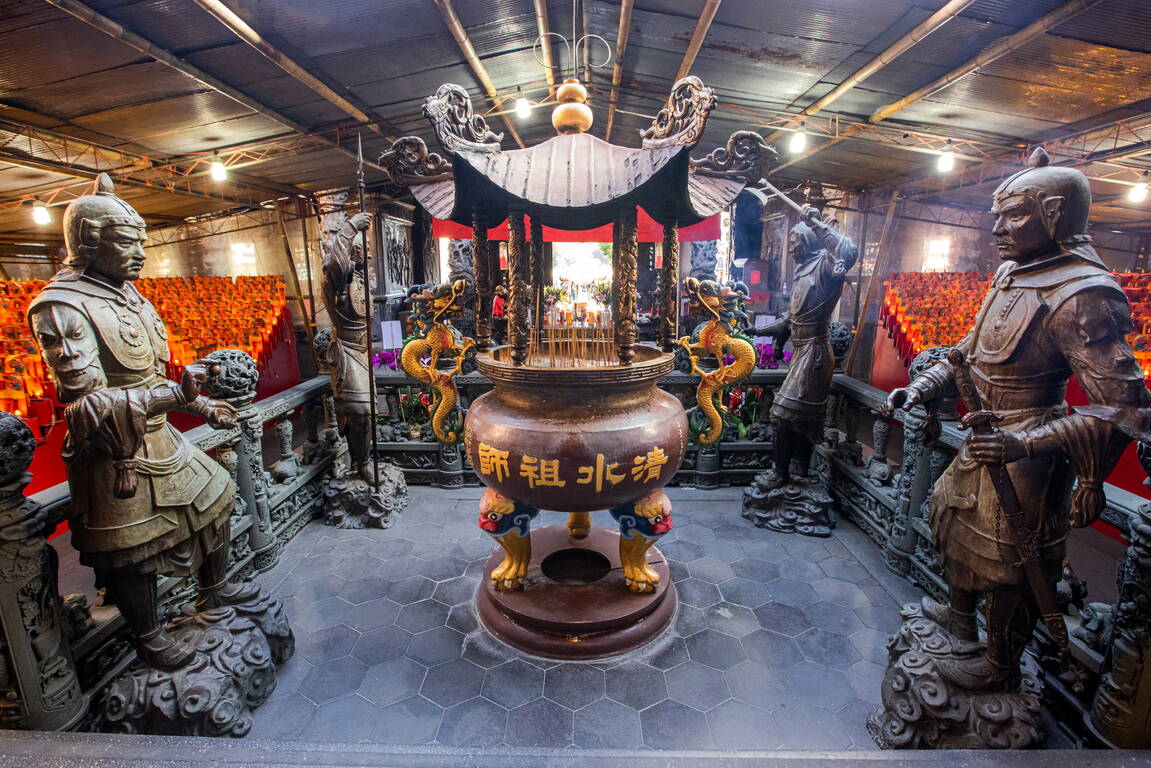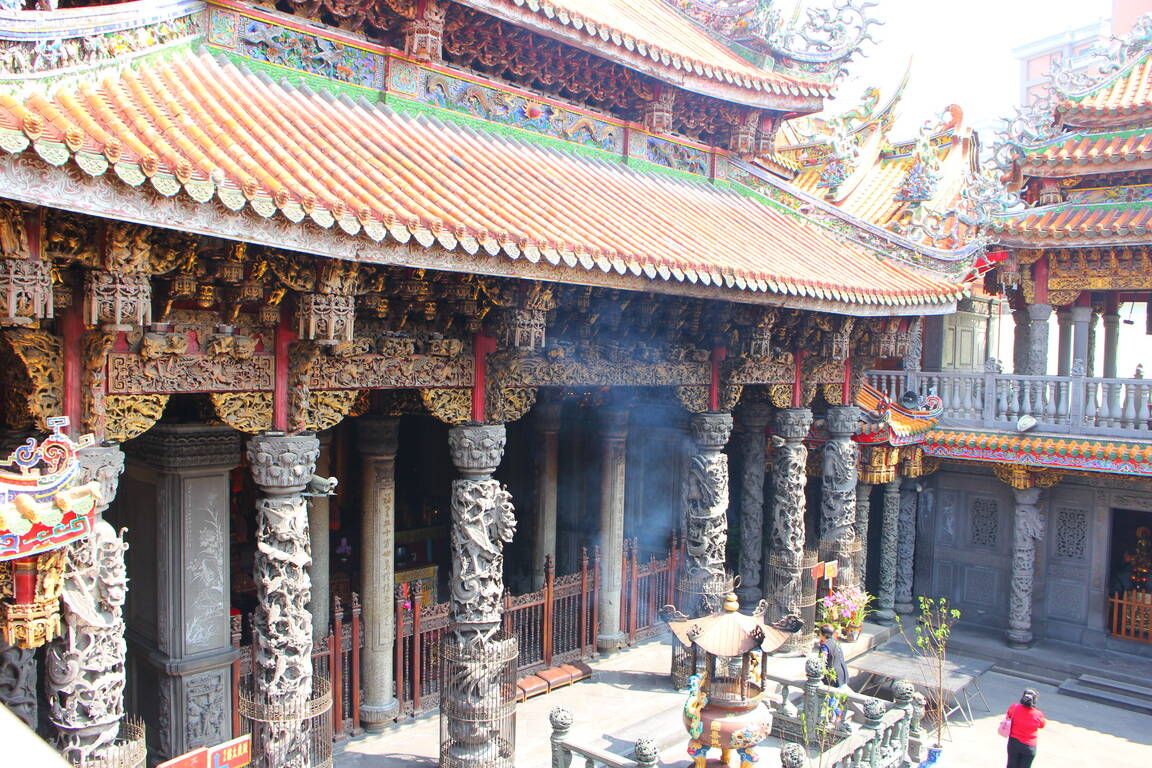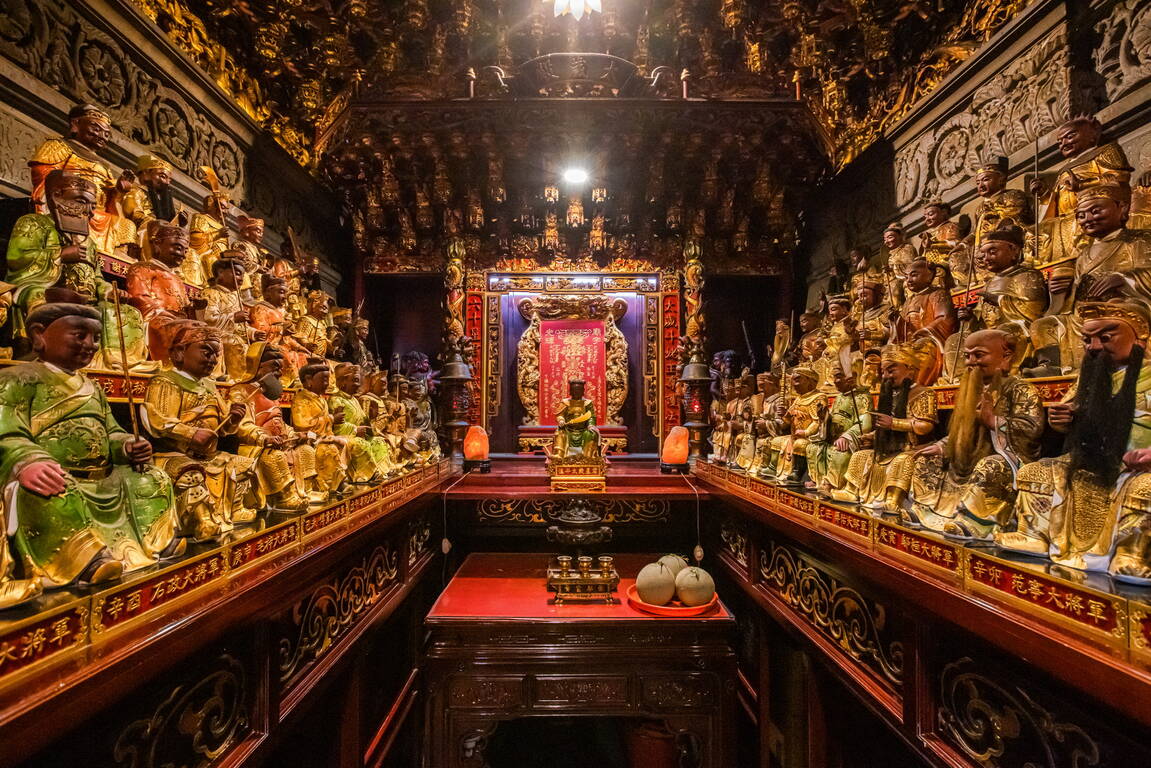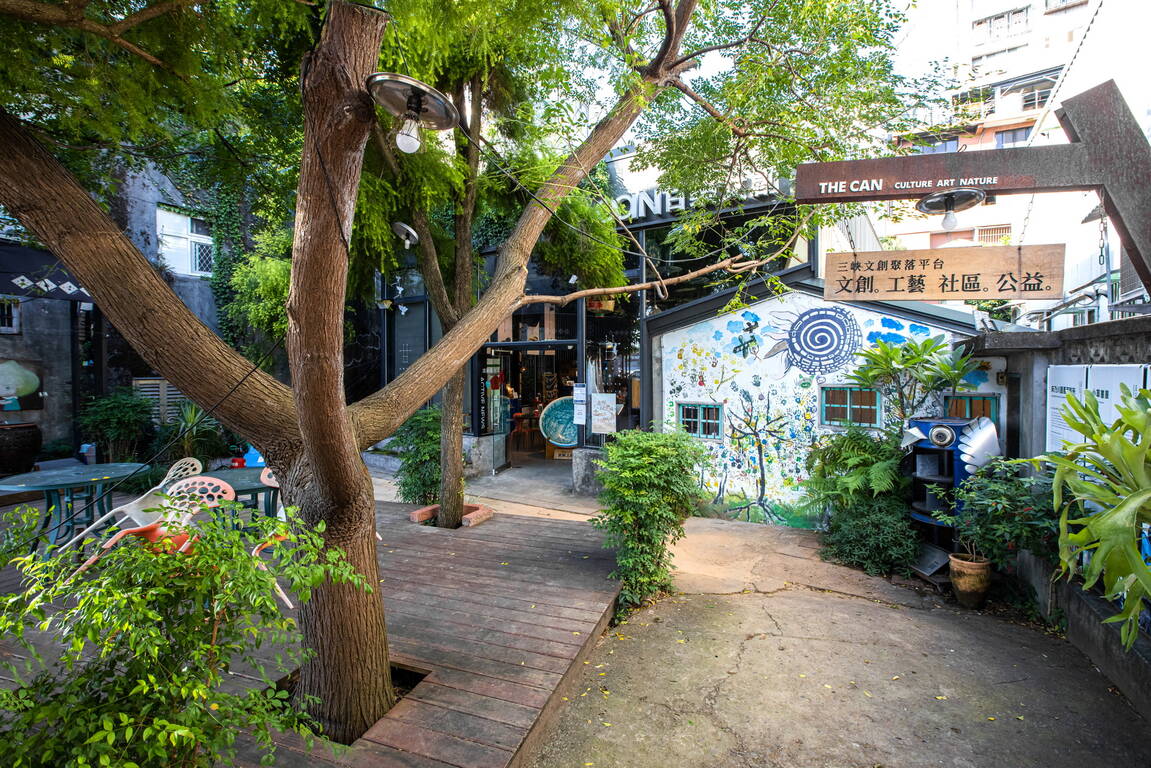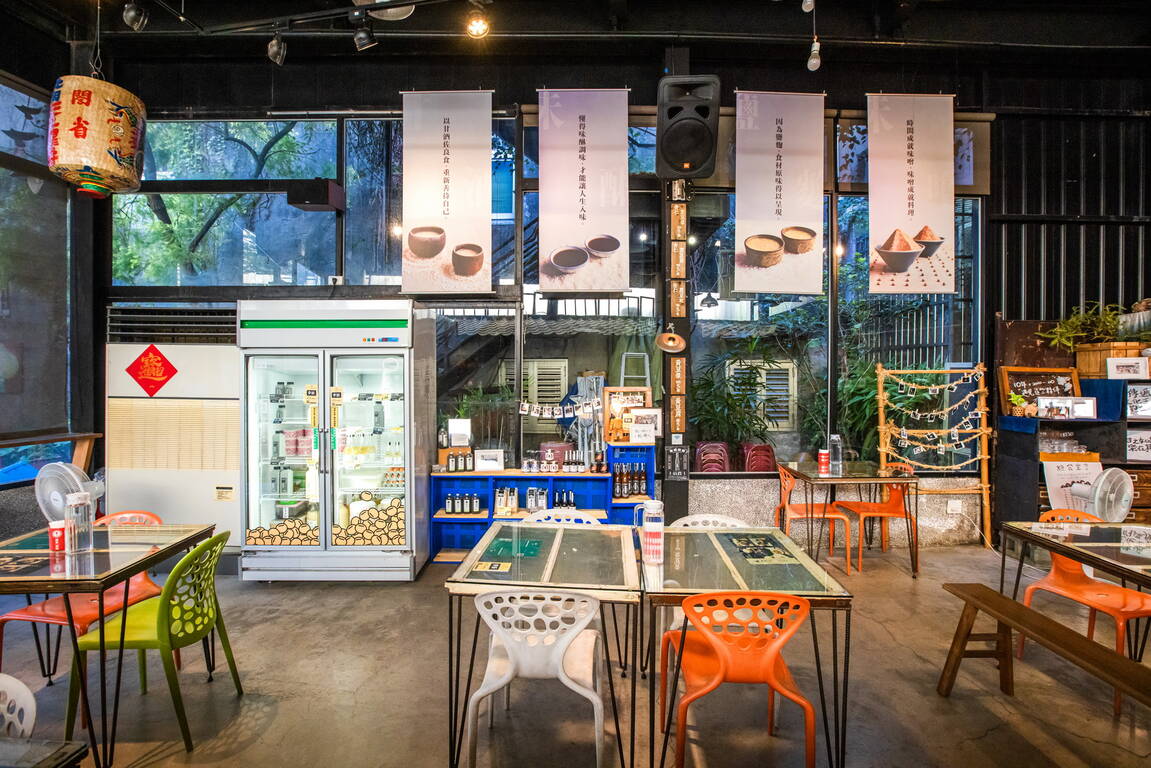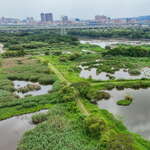Sanxia Qingshui Zushi (Divine Ancestor) Temple
Lauded as a palace of Eastern art, the Temple shows the beauty of Eastern religious art.
Updates : 2025-06-22
Popularity 12.2k
Travel tips
- One of the Top 100 Religious Attractions in Taiwan.
- The Temple is known as a palace of Eastern art that integrates styles of different craftsmen and contemporary artists.
- Must-see points: stone columns with openwork carvings in the main hall, spiral caisson, and phoenix wooden carving in the Longmen Hall
- Free tour guide service is available and can be signed up at the counter.
- Tourists can also visit Sanxia Old Street and surrounding cultural settlements.
Introduction
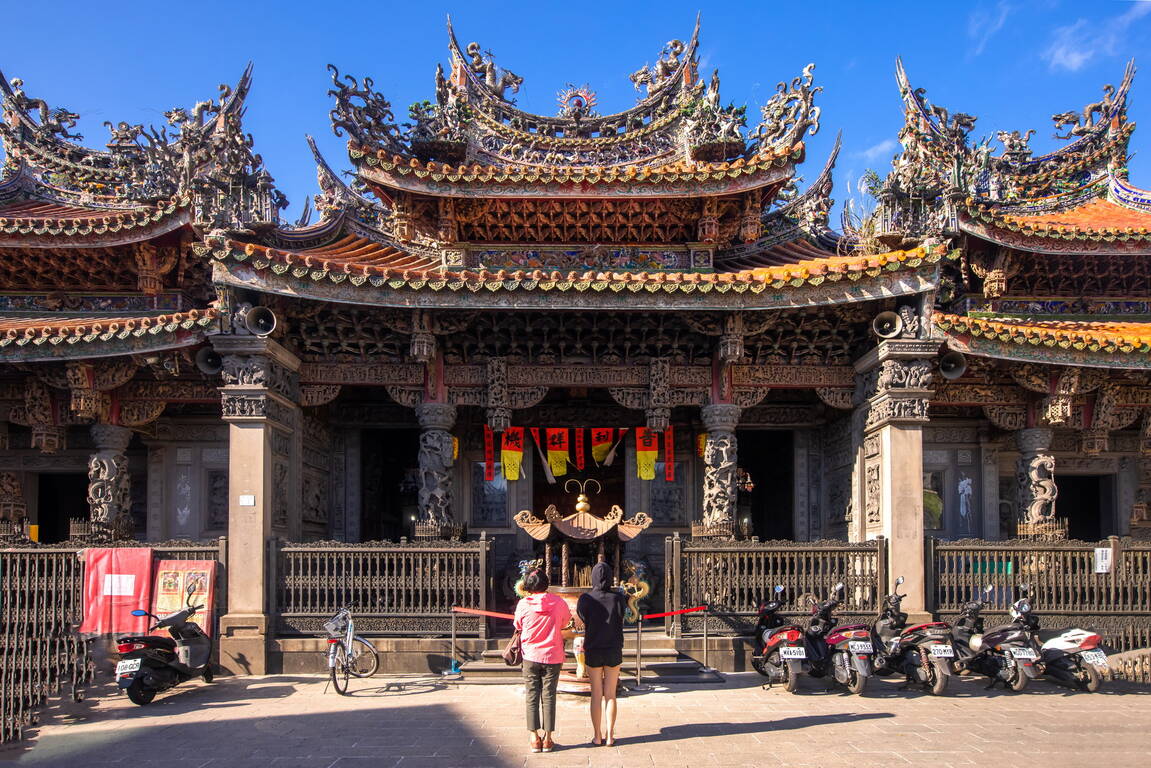
Visit the palace which filled with the artworks by famous craftsmen
The Temple was built in the form of “five doors and three halls" by adhering to ancient construction techniques. The stairs in the front hall, the ground, walls, and columns were constructed of stone. The five doors in the main hall were made of bronze. The dragon columns, the columns featuring birds on a plum blossom tree, and wooden carvings in the temple were crafted in a complex and exquisite manner. The main construction material for the foundation of the Temple is stone, while wood was used for the ceiling. If you look upward, you will see exquisite wooden carvings. Wall paintings and wood carvings in the temple were created by famous craftsmen and inspired by stories such as Romance of the Three Kingdoms, Journey to the West, Investiture of the Gods, and The Twenty-four Filial Exemplars.
 ▲The exquisite wooden carvings ceiling of the main hall
▲The exquisite wooden carvings ceiling of the main hallMust-see points: openwork stone columns and caisson
Once you walk into Qingshui Zushi Temple, you will be amazed by its magnificent religious art. Among the many stone sculptures in the temple, the 20 pillars in the main hall are the eye-catcher. The three pairs of openwork stone pillars at the entrance and the three-layer octagonal twin-dragon pillars are the most exquisite as they show breathtaking craftsmanship back then. They are also seen as the most valuable artworks in the Temple.
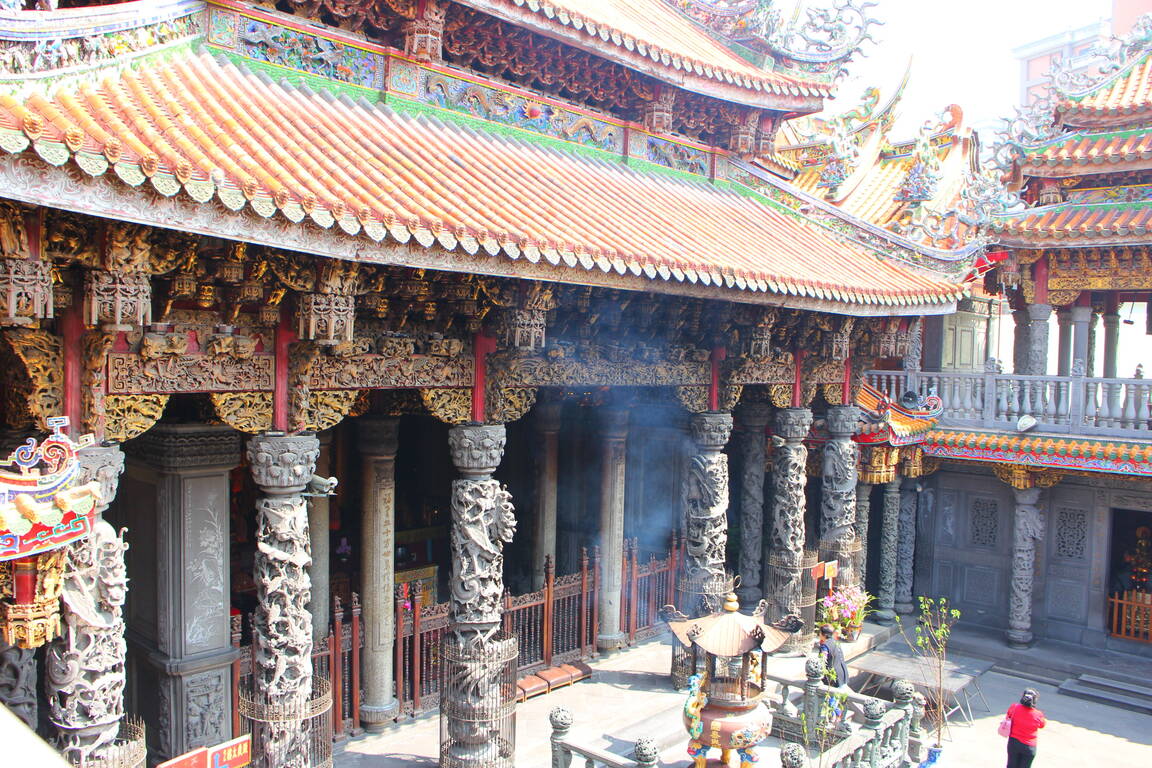 ▲It’s worth peering at the three pairs of openwork stone pillars at the entrance of the main hall.
▲It’s worth peering at the three pairs of openwork stone pillars at the entrance of the main hall.When walking to the main hall, remember to check out the spiral mesh caisson on the ceiling. It has great artistic value because it requires superb carving skills. Burning incense sticks in the main hall is not allowed due to troublesome ceiling preservation.
After visiting Qingshui Zushi Temple, you can take a walk along the streets nearby. Besides Sanxia Old Street, he Can Culture, Art and Nature, bearby serves tofu, soy milk, and local agricultural products. Visitors can also try indigo dyeing at the workshop here.
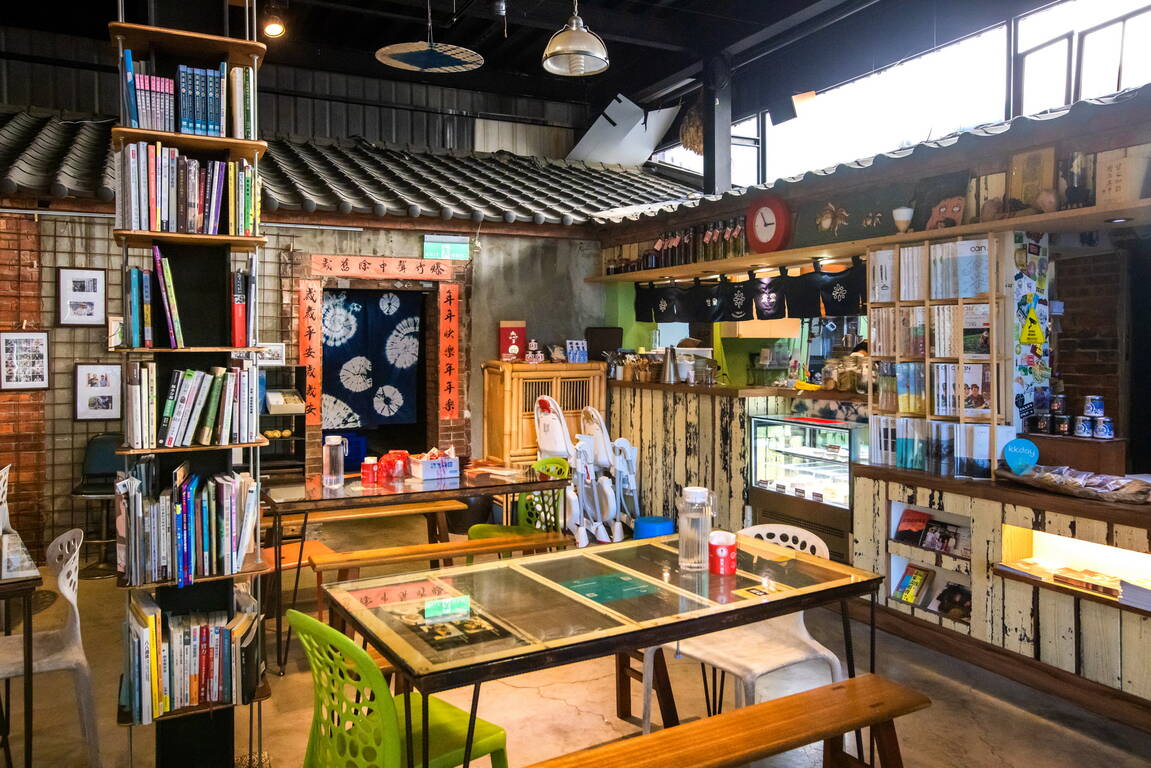
Services & Facilities
- Bus Station





